Amidst the sprawling digital bazaar of Alibaba.com, a quest for miniature toys for sale reveals an enchanting assortment of diminutive wonders. From quaint dollhouses to meticulously crafted diecast automobiles, these miniatures attract a varied clientele who share an affinity for the petite and the precise.
Types and Styles of Miniature Toys
The miniature toys for sale on Alibaba.com encompass a delightful spectrum of genres and designs, each with unique attributes that captivate different collectors and enthusiasts. The dollhouse kit sale section spans from basic single-chamber configurations to elaborate multi-level estates, each providing a blank slate for customization. Victorian-style dollhouses, replete with ornate adornments and historical verisimilitude, are sought after by those charmed by antiquity. Conversely, sleek, modern iterations resonate with those who prefer contemporary aesthetics, prioritizing uncluttered lines and practicality. The clearance dollhouse miniatures offer a cornucopia for aficionados seeking to infuse their dioramas with personality, featuring everything from diminutive kitchenware to tiny tomes that open and close. The diecast vehicle segment is equally varied, showcasing everything from retro icons to cutting-edge speed machines, each miniature car for sale distinguished by authentic features such as functioning doors, bonnets, and occasionally, a realistic suspension system. These miniatures serve not only as playthings but also as prized display pieces, chronicling the progression of automotive design over time.
Structure and Operation of Miniature Toys
The architecture of miniature toys is a testament to the craftsmanship of their makers. In the realm of dollhouses, for instance, the structural elements are crafted to be both visually appealing and operational. Components such as doors, drawers, and windows are meticulously engineered with miniature hinges and fastenings that mirror their full-sized equivalents. The interiors of these abodes are often just as complex, with rooms wired for electricity to allow minuscule lamps to cast a glow over the diminutive quarters. Diecast automobiles, by contrast, are built with an emphasis on emulating the mechanics of their actual-size inspirations. The underpinnings of these models frequently feature an intricate chassis and axles. Some boast pull-back motors or the ability to coast freely, echoing the dynamics of genuine vehicles and offering an engaging experience for the user.
Materials and Sustainability
The selection of materials for crafting miniature toys is guided by considerations of durability, safety, and environmental impact. Wood, a traditional choice for dollhouse construction, imparts a robust and timeless look, while advanced synthetics provide versatility and reduced heft. Plastics, including PVC and ABS, are preferred for their moldability and enduring vibrancy. For premium diecast models, zinc alloy is favored for its heft and texture, enabling precise detail crucial for authenticity. The shift toward environmentally friendly materials is gaining momentum, with producers increasingly turning to renewable resources and recyclable substances to lessen the ecological footprint of their wares.
Business Usages and Applications
Miniature toys fulfill a range of commercial functions, extending beyond their conventional role as children's amusements. In pedagogical contexts, they prove invaluable for imparting lessons about family, community, and spatial cognition. Therapists employ dollhouses to facilitate children's emotional expression and navigation of intricate scenarios in a manageable, secure setting. For design and architectural professionals, detailed scale models are essential for visualizing and articulating design concepts. Retailers exploit the allure of miniature toys for visual merchandising, crafting enthralling window displays that entice shoppers. For collectors and hobbyists, the miniature toy market represents a dynamic economy, with scarce and limited-edition items accruing in value, yielding both fiscal and emotional dividends.
Functions and Playability
Miniature toys are conceived with a dual intent: to enchant and to instruct. Dollhouses foster creative play, permitting children to stage narratives that mirror their perception of the world and their unfettered imagination. The operational features of these toys, such as doors that open, movable furnishings, and even battery-powered lifts, provide a lifelike experience that is both enjoyable and educational. Diecast cars often incorporate components that move, such as wheels and steering systems, and some are designed with pull-back-and-release mechanisms, which not only entertain but also introduce fundamental physics concepts like momentum and friction.
Features and Unique Selling Points
The hallmarks that distinguish miniature toys in a saturated market are their meticulous attention to detail and the caliber of their artisanship. For example, a dollhouse kit sale may emphasize the precision of laser-cut components that ensure an exact fit, or the inclusion of bespoke, hand-painted tiles for a distinctive aesthetic. Selling dollhouse furniture often spotlights the handcrafted nature of each item, fashioned to accurately replicate its full-sized analogue. Diecast cars feature authentic paintwork, doors that open, detailed cabins, and sometimes serialized plates that verify their limited-edition nature. These distinctive selling points not only enhance the toys' desirability but also bolster their collectible potential.
Benefits and User Outcomes
The advantages of engaging with miniature toys are multifaceted. For youngsters, these toys are instrumental in honing hand-eye coordination, problem-solving abilities, and spatial understanding. Adults discover in these miniatures a delightful diversion, a means of stress alleviation through the painstaking assembly and adornment of dollhouses or the meticulous curation of a diecast car collection. The fulfillment derived from completing a miniature project or the thrill of acquiring a coveted item for a collection can be significant, engendering profound satisfaction and pride.
How to Use, Choose, and Care for Miniature Toys
Effective utilization of miniature toys demands an appreciation for their scale and intricacy. In selecting a miniature, be it a dollhouse or a diecast car, it is crucial to consider the level of detail, the scale relative to other items in a collection, and the quality of the materials employed. For novices to collecting, beginning with more ubiquitous items before progressing to rarer finds is a prudent strategy. Maintenance and cleaning are essential to maintain the toys' value and appearance. Routine dusting, shielding from direct sunlight, and storage in a climate-controlled setting are recommended practices. For dollhouses, mild cleaning agents tailored for wood or plastic are advisable, while diecast cars may require specialized polishes to maintain their luster without compromising the finish.
Target Audience and Preferences
The demographic for miniature toys is as diverse as the toys themselves. Younger children might be drawn to vibrant, robust playsets built to endure vigorous play, whereas older children and teenagers may favor more intricate, lifelike models that challenge their assembly skills. Adult collectors typically gravitate towards the historical fidelity and handcrafted quality of upscale miniatures, often in pursuit of pieces that evoke nostalgia or are deemed scarce. Discerning these predilections is vital for manufacturers and vendors to ensure their products resonate with their target audience.
What are the best practices for cleaning miniature toys?
Cleaning miniature toys should be approached with caution, using minimal moisture to prevent damage. A dry or slightly moistened cloth is suitable for gently wiping surfaces. For detailed components, a soft brush or compressed air can remove dust without inflicting harm. It is imperative to avoid abrasive chemicals that could erode paint or degrade materials.
How can collectors display their miniature toys effectively?
An effective display of miniature toys involves presenting them in a way that accentuates their details while safeguarding them from harm. Glass enclosures or shelves with sufficient space permit an unimpeded view while warding off dust. The lighting should be subdued to avert color fading and to bestow a warm, welcoming ambiance on the display.
Are there any safety considerations when purchasing miniature toys for younger children?
When acquiring miniature toys for young children, safety is of the utmost importance. Toys intended for those under three years of age should be devoid of small components to eliminate choking risks. Furthermore, materials should be non-toxic, and edges should be smooth. It is always advisable to verify the recommended age range to ensure the toy is suitable for the child's age and developmental stage.






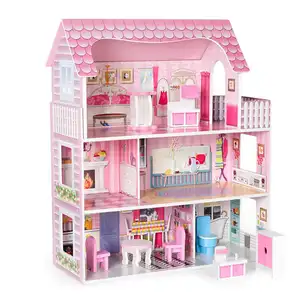



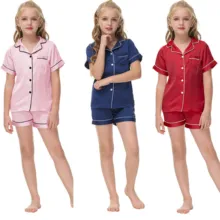

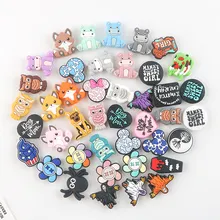






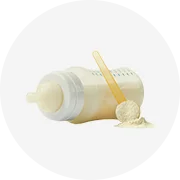

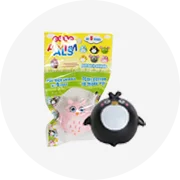
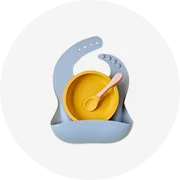
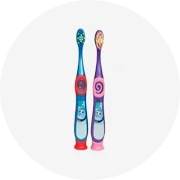
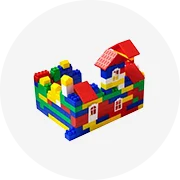
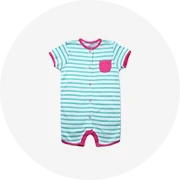

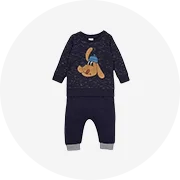
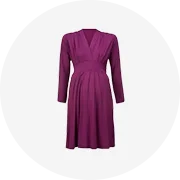
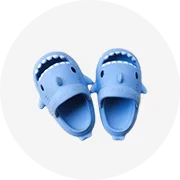

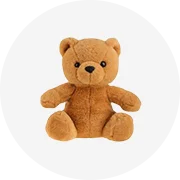
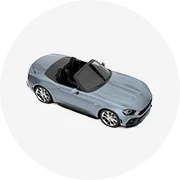
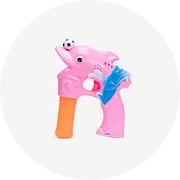








 浙公网安备 33010002000092号
浙公网安备 33010002000092号 浙B2-20120091-4
浙B2-20120091-4